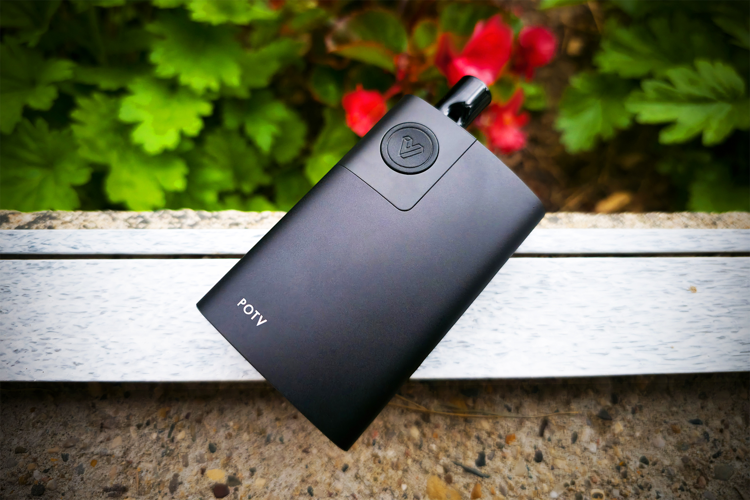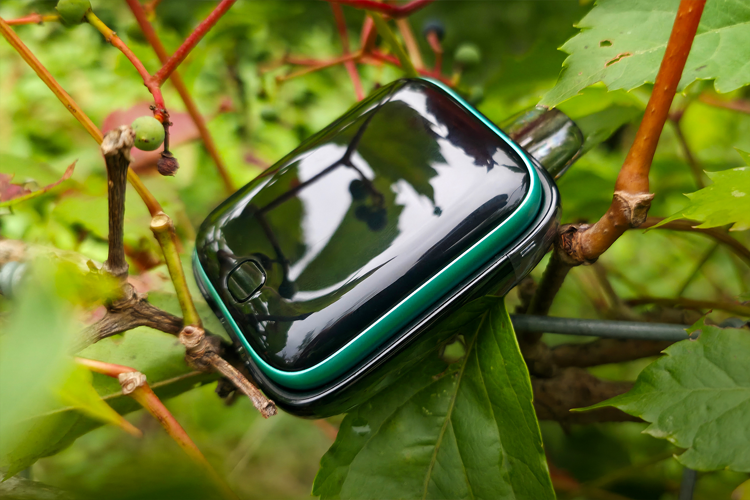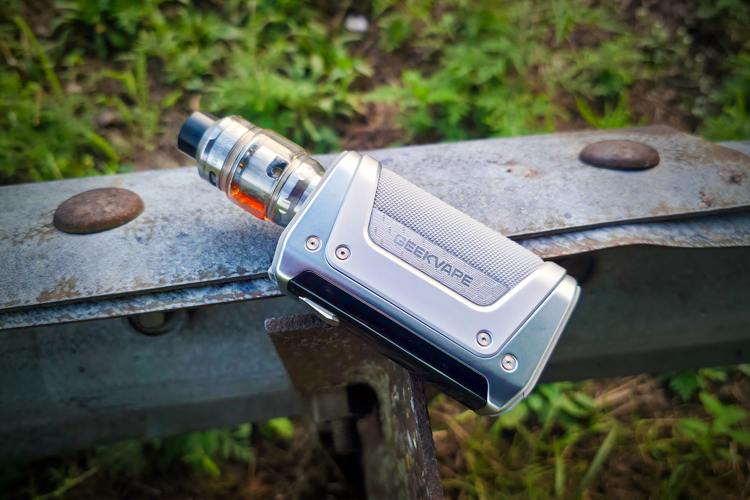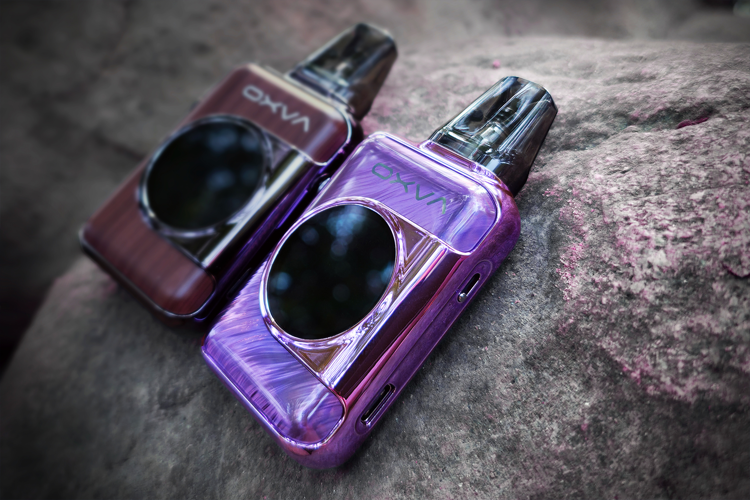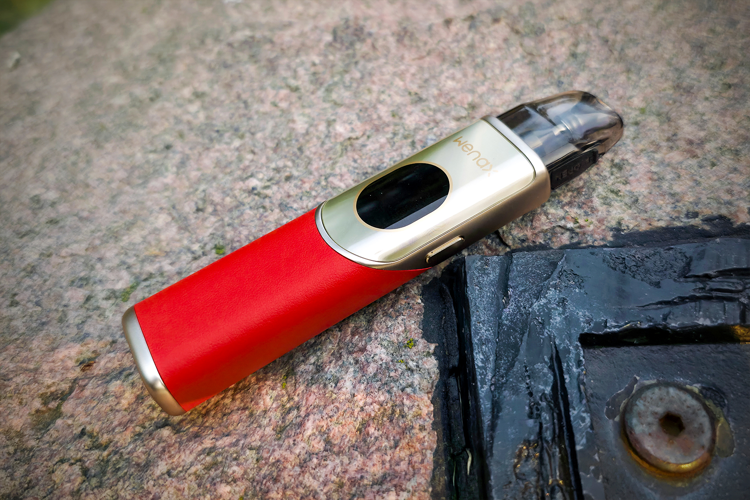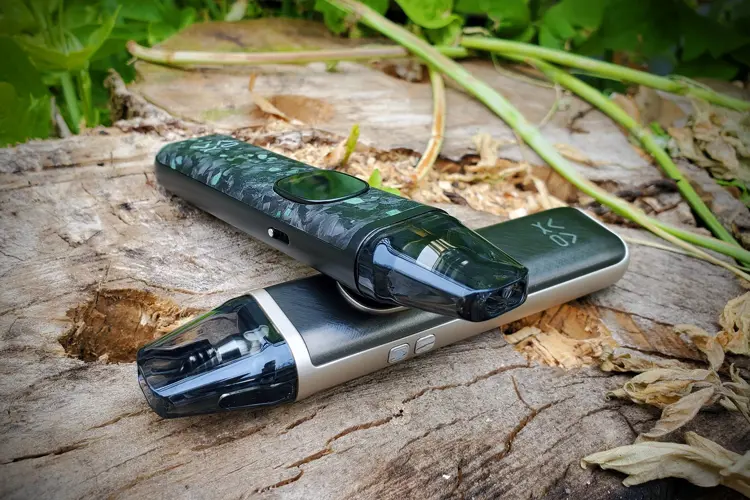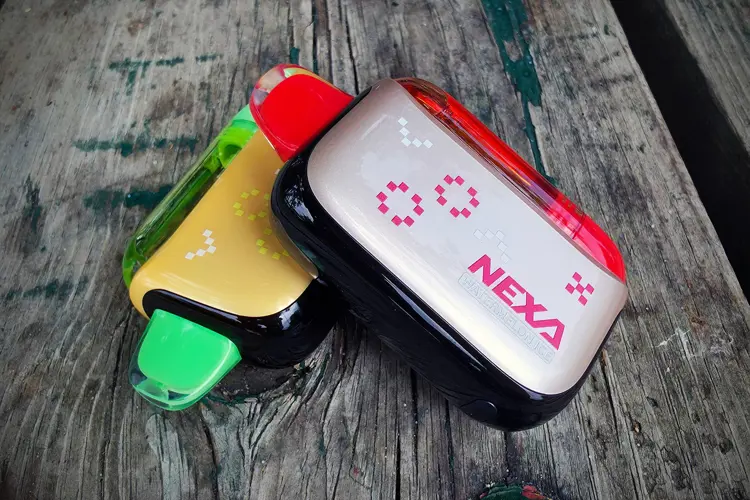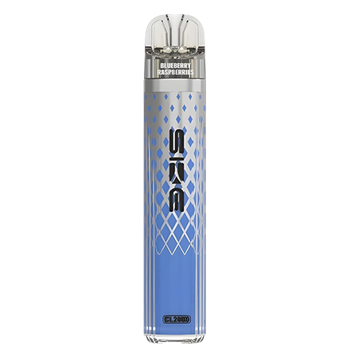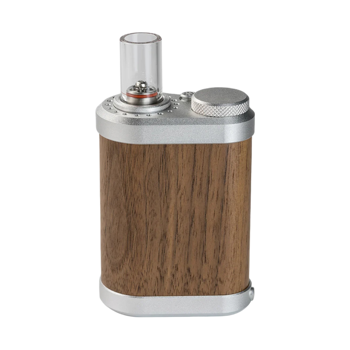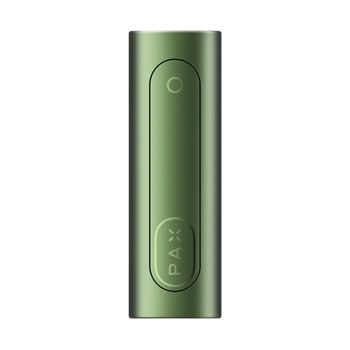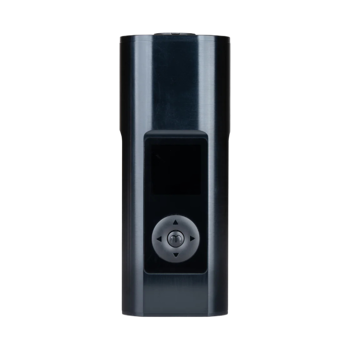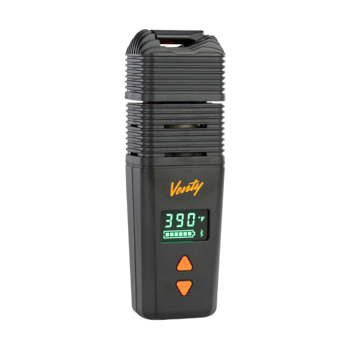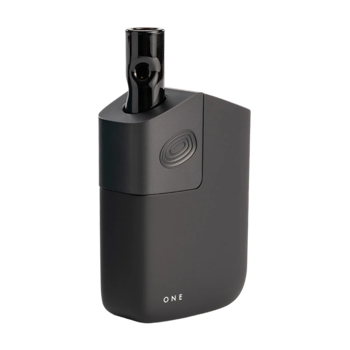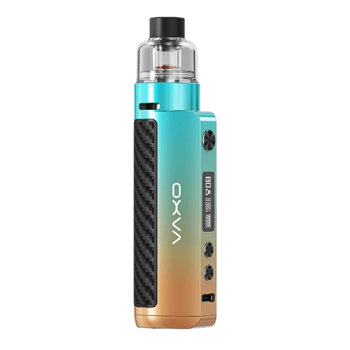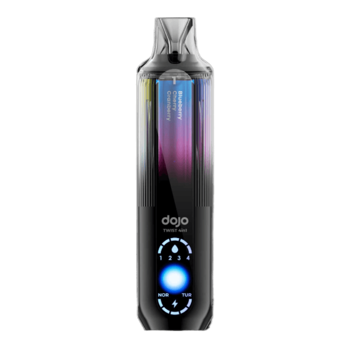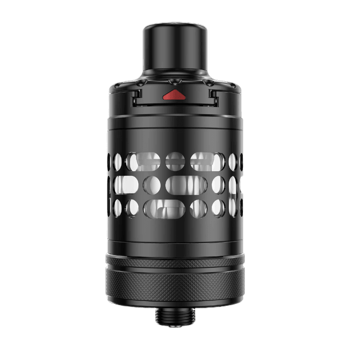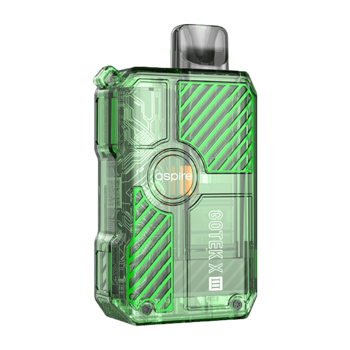Destroy me – if you can
The Aegis box mod from Geekvape has generated a lot of hype since its release. The Aegis has been built to withstand all kinds of punishment. Geekvape claims it’s military grade 810G-516.6 shockproof, and IP67 waterproof and dustproof. But aside from that, it’s also a good-looking mod. Powered by a single (included) 26650 battery, it also comes with an adapter sleeve for 18650s. It powers up to 100 W, and offers a plethora of options for TC, TCR and wattage curves.
The Aegis is also priced competitively, typically retailing for under $70, a price point that is comparable with far flimsier mods out there. And with every man and his dog driving a car over the Aegis, we thought we’d try some even more extreme forms of punishment. Let’s take a closer look.
Geekvape Aegis Gallery
Geekvape Aegis Specs and Features
Notable Remarks
Build Quality
There’s no doubt about it, the Aegis looks sturdy and well made. The black section of the mod is injection molded silicon rubber over a zinc alloy C-frame construction and houses the screen and chip beneath it. Opposite that is the leather hand grip. That is surrounded by the metallic panels, engraved with the Geekvape and Aegis branding.
The top of the mod is generous. The atomizer plate is a solid stainless steel piece, 25 mm in diameter. You can fit attys of up to 30 mm on the Aegis without any overhang issues. The plate does sit about 1 mm higher than the top of the mod however, which will result in a slight gap on larger tanks. The 510 pin is gold-plated and spring mounted in the mod. The top of the mod also features a venting tab, secured by two torx screws. This has a dual purpose: the venting holes hide a silicon plug, which covers the micro USB port. You only need to use the USB port for firmware upgrades. However, if the mod should vent, it will do so through the port and out the venting holes.
The Aegis is powered by a 26650 battery, the Golisi 4300 mAh 35 A. According to Mooch, this battery performs very well within its class. You can also attach the rubber adapter to an 18650 and power the Aegis that way. Although the wattage range remains the same on the mod, expect less power on a single 18650 cell.
The battery compartment door on the base of the Aegis has a lift-up latch which unscrews counter-clockwise to open it up. The battery options are extended by the 20700/21700 battery doors, sold separately. The fact that you can operate the Aegis with four different battery types is impressive! The o-ring set into the threading of the door makes for a snug, secure fit and eliminates any battery rattle.
Speaking of rattle, there’s none of it on the Aegis. The firing button is a large, switch-like affair that protrudes from the device. It’s quite clicky, and has a little bit of wriggle to it when it’s not hit directly. That’s followed by the OLED display, and ends with up and down buttons. The display and chip are protected by two plastic layers which are sealed together with an adhesive.
The nine exposed torx screws on the mod are all countersunk and inset into the device housing. I’m not normally a fan of the exposed plumbing, so to speak, but on the Aegis it adds a beefy touch to an already brutal-looking mod.
Hand Feel
In spite of its size, the Aegis is ergonomic. However, it’s hardly diminutive and won’t be a fit for all grips. I really like the combination of materials – rubber, leather and metal. The layout is logical and works whether you’re left or right-handed.
Bear in mind however that this mod will weigh you down some – at almost 100 g heavier than some dual-18650 mods, it almost deserves a dedicated case – or holster. The display is large, but could be a little brighter –though you can adjust contrast.
The firing button form is unusual and took some getting used to. It’s a lot easier to click five times on a flat button. And switches do look like they want to be flipped. However, it’s a good compromise between a button and a firing bar, and fits the look of the mod.
Feature Set
The Aegis does straight up wattage, and built-in temperature control for nickel, stainless steel and titanium. It also offers manual TCR input for other wire types, VPC (variable power curve) adjustable over five steps, and Bypass mode, to harness the raw voltage output of your cell.
One of my favorite features of the Aegis is the 0.05 ohm minimum resistance. That’s not just for temperature control – the same holds true for wattage. The ramp-up time is extremely short, and you also get a real-time power output indicator on the OLED display.
Coil resistance can be locked (but not adjusted), and you get a three-figure puff counter that resets after 999.
Menu Functionality and Firmware Upgrading
The Aegis has a simple, easy-to-use interface.
- Five clicks of the fire button turn the device on and off.
- Three clicks of the fire button light up the mode selection. Use the up and down buttons to toggle between power, TC, TCR, VPC, and Bypass modes.
- You can scroll through the different options in each mode by pressing the fire button once.
- Power mode: wattage is adjusted with the up and down buttons. Wattage ranges from 1 – 100 W, moving in 0.1 increments. The wattage range also round robins when you go beyond the max/minimum values, with an extra click.
- Coil: lock and reset the resistance in power mode.
- If your output voltage is higher than 9 V in power mode, the mod won’t allow you to fire.
- TC modes: use up and down to change the target temperature. Temperature switches between Celsius and Fahrenheit when you reach their max/minimum ranges.
- Wattage can be adjusted within TC modes, from 5 – 100 W.
- Coil: lock and reset the resistance in power mode.
- TC-TCR mode: functions the same as the previous TC modes. The difference is you can manually input the TCR value for your wire type.
- VPC: define the power curve over five steps, each one second in duration. The layout is displayed over a graph interface.
- Bypass: displays the current voltage of the battery, as well as the accurate voltage drop under resistance in real-time.
- Holding fire and up simultaneously allows you to increase the display brightness.
- Holding fire and down simultaneously allows you to decrease the display brightness.
- Pressing up and down simultaneously allows you to lock the adjustability of the mod. You are still able to fire the device. Pressing them together again unlocks this function.
Aesthetics
The form factor is going to divide opinion. I think Geekvape have hit all the right notes with a mod that not only looks heavy-duty, but also performs. The mixture of aluminum, rubber and leather have been put together tastefully, and despite its size, the Aegis is ergonomic in the hand. Yes, it’s large – but the top will fit any atty up to 30 mm. Form follows function here, and the Aegis doesn’t disappoint.
Performance
For this review, I’ve used a few different tanks and rebuildables with the Aegis – the Medusa Reborn, Peerless Special Edition, Ammit 25, and the Bucho tank, to name a few.
The first thing I noticed is the very short ramp up time. The effect is almost immediate. The OLED display keeps track of your output, monitoring it in real time. On a full charge, the Golisi 26650 is capable of putting out a true 100 watts. Performance diminishes obviously – with drained voltage the battery put out at 50 – 70% of its capacity. Swapping the battery out for a standard 18650, I was surprised to see that the wattage range wasn’t cut off – the 100 W headroom remained the same – although predictably actual performance was around 70 W maximum.
Temperature control works well, although I found it a little conservative with some pre-made coilheads using TC wire types. A big selling point, and something which sets the Aegis above many others in its price range, is the TCR functionality. If you know the TCR value of your wire types (and if you don’t I suggest taking a look at Steam Engine’s resources), you can dial them in yourself.
The 26650 battery is good, but at 100 W, you’ll be far from a full day of vaping on a single charge. Mid-wattage vapers will get better mileage. The choice of 26650 over, for example, a 20700 battery makes for a heavier, beefier mod. You’ll also need a charger that can fit larger batteries, since you can’t charge in-device.
How sturdy is the Aegis?
Since its release, many reviewers have taken a crack at destroying the Aegis. Whether it’s a third-floor drop, a water bath, or being driven over by a car, the Aegis has proven to be a particularly resilient mod.
We decided to go one step further, and devised four different tests for the Aegis: immersion in beer and e-liquid for 1 hour each, freezing the mod in a block of ice, driving over it with a 12-ton tractor, and not one, but three drops – from the 1st, 3rd, and 6th floor.
But before we go into the tests and what happened, we need to explain what the water and shockproof ratings really mean.
810G-516.6 and IP67
Military grade 810G-516.6 shockproof and IP67 dust and waterproof are listed among the Aegis specs. But what do those terms really mean?
MIL-STD-810 is a standards system used to test equipment under environmental conditions it is likely to experience in the field. Originally intended for military equipment testing, it is now common to see consumer electronics with military standard claims. The laboratory test methods cover everything from pressure and vibration to shock and liquids. Test method 516.6 deals with shock. With 516.6 there are eight different procedures; typically, the manufacturer can choose which were used and then specify this, as well as customized pass and fail points. Geekvape hasn’t disclosed any information about what tests their claims are based on.
The IP Code refers to International Protection Marking, and is a system used to rate the amount of protection a device has against various environmental factors. The first digit refers to the level of protection against solid particles. So, in this case the 6 in IP67 means that the Aegis is “dust tight”. The second digit covers liquids. A 7 in this case means the device should be safe if it’s immersed in water up to 1-meter depth for a 30-minute duration.
Our tests
Test 1
For test #1, we immersed the Aegis (with battery) in a glass of beer for one hour. We then took it out of the brew and attached an RDA. Following that, we dunked the mod in a glass of 12 mg/mL e-liquid base for an hour and repeated the test.
Result
Although we didn’t have enough beer or e-liquid to submerge the mod 1 meter deep, we could play with the duration. In both cases, liquid seemed to have zero effect on the performance of the Aegis. Except for a drip tip covered in 12 mg/mL base – blame the test conditions.
Test 2
Test #2 involved freezing the Aegis in a block of ice overnight, and then letting it defrost. The ice took six hours to completely melt.
Result
When we took the Aegis out of the lightbox and attached an RDA, it did turn on – at first. The screen was damaged, with vertical bars interrupting the interface. However, when we tried to fire the mod the device failed. That was most likely due to a short circuit in the chip due to water seepage through the silicon plug and USB port.
Our first Aegis had died – but we still had a second device to torture further.
Test 3
Test #3 involved tires. Big treaded tires. We’ve all seen footage of cars driving over the Aegis. But what about a 5500-kg tractor? (We looked into a tank, but we’ll save that for Aegis V2). The tractor used was the Fendt Favorit 515C, manufactured in the mid-90s. The Aegis was placed on its side on asphalt and was driven over three times.
Result
The metal side panels suffered some scratch damage – but aside from that, the mod fired and operated as normal!
Test 4
For test #4, we decided to finally put the Aegis to bed – and drop it.
We started with a 1st floor drop through an internal stairwell. The impact surface was concrete steps, covered with packing cardboard.
Result
At this height, the Aegis received little signs of damage. Progressing up to the 3rd floor, results were surprisingly the same. At this height, one torx screw jumped out and was lost. But most importantly, the 3rd floor drop didn’t destroy the Aegis.
Our drop from the 6th floor resonated as a solid “thunk” as the Aegis hit the floor squarely on its base. We registered significant denting to the battery door, while the threading around it split at the base. Both metal panels flew off the mod, also chipping part of the inner construction away.
The mod actually did turn on – and fire, but the damage to the screen was so significant that it was no longer possible to read anything on the OLED display. The battery compartment door was damaged so severely that it couldn’t be opened with pliers. The damaged threading also ripped the silicon o-ring seal.
Likes
Dislikes
Verdict
Geekvape have designed a great mod in the Aegis. The build quality is impressive for the price point, and as many have demonstrated, the mod can take an awful lot of punishment before it bites the dust. The menu interface is simple and easy to use, although the screen could be brighter. If you purchase the Aegis with the Golisi 26650 included, you’re not even restricted to one battery type, since you can switch it out for an 18650 cell.
The Aegis is a tad on the heavy side for a single battery mod, but I’m yet to see another device survive the torture tests we did. With that bulk comes the ability to pair with larger tanks and attys.
I really can’t find much to fault in the Aegis. With so many devices on the market designed to be attractive for a season, Geekvape have their sights set on longevity, and the future. Good stuff, and highly recommended.
Because of declining cigarette sales, state governments in the U.S. and countries around the world are looking to vapor products as a new source of tax revenue.
The legal age to buy e-cigarettes and other vaping products varies around the world. The United States recently changed the legal minimum sales age to 21.
A list of vaping product flavor bans and online sales bans in the United States, and sales and possession bans in other countries.
President Trump promised during his election campaign to “save vaping," but his administration has undermined that goal at every turn.
The U.S. disposable vape market has grown to $2 billion in annual sales, although nearly none of the products are authorized by the FDA.
More than 30 bills that would impose severe restrictions vaping consumers’ product choices remain active in U.S. state legislatures.


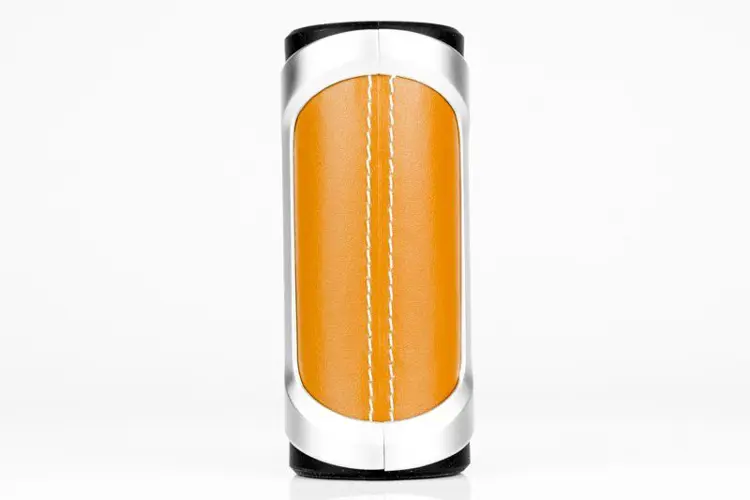
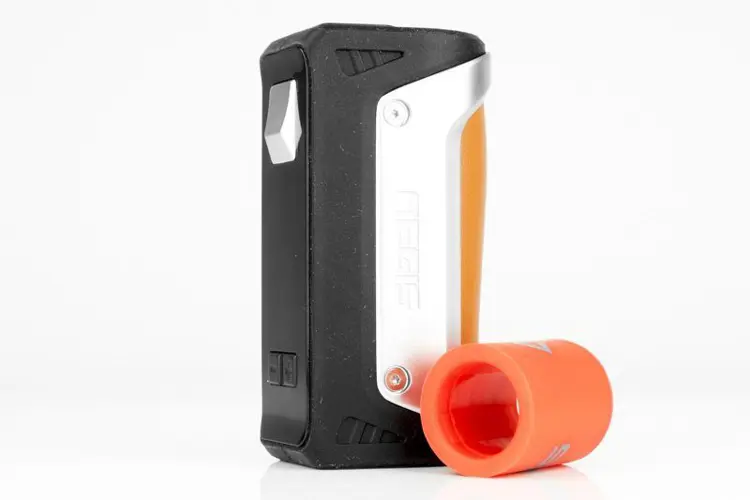
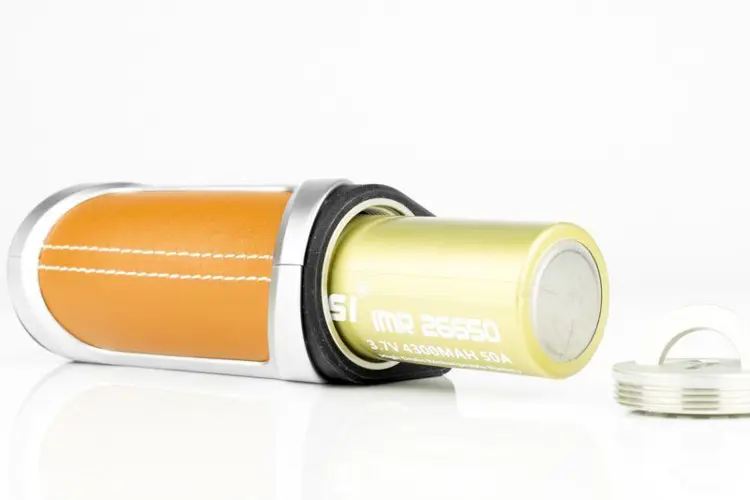
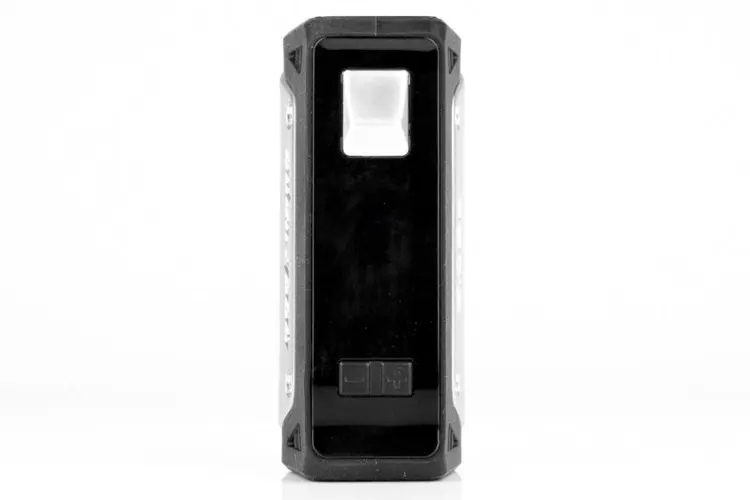
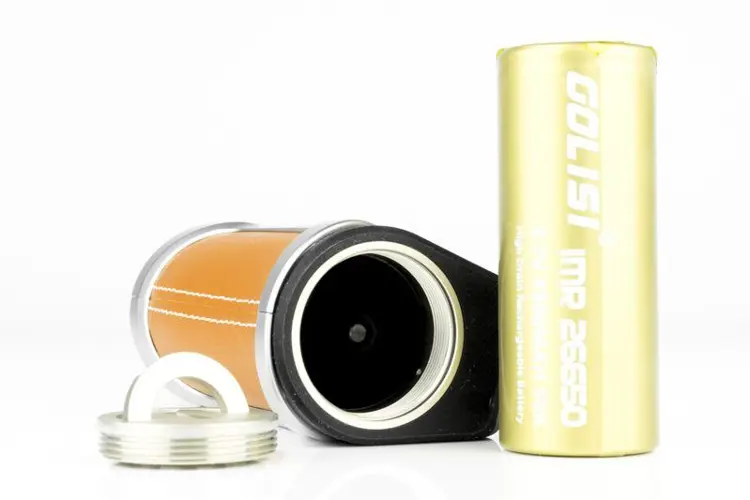
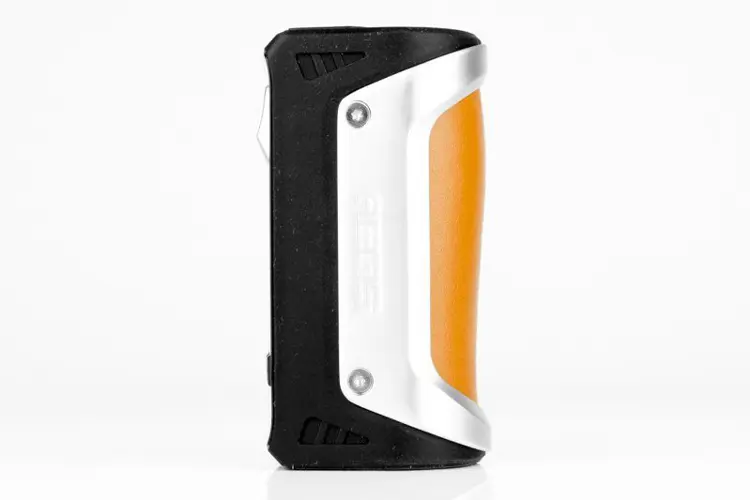
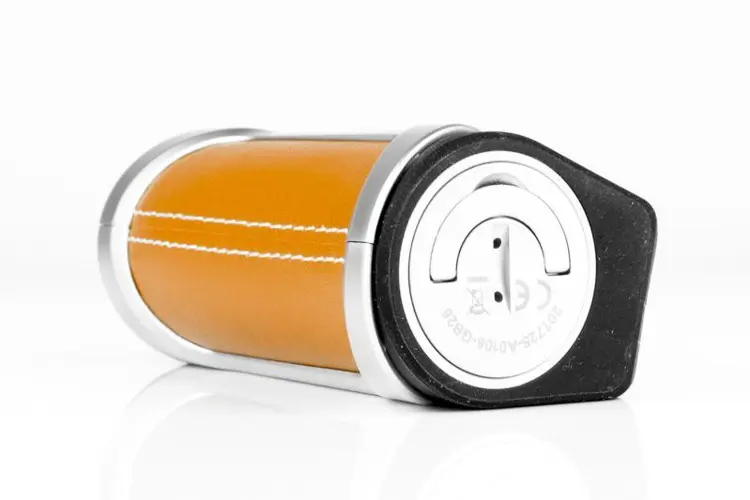
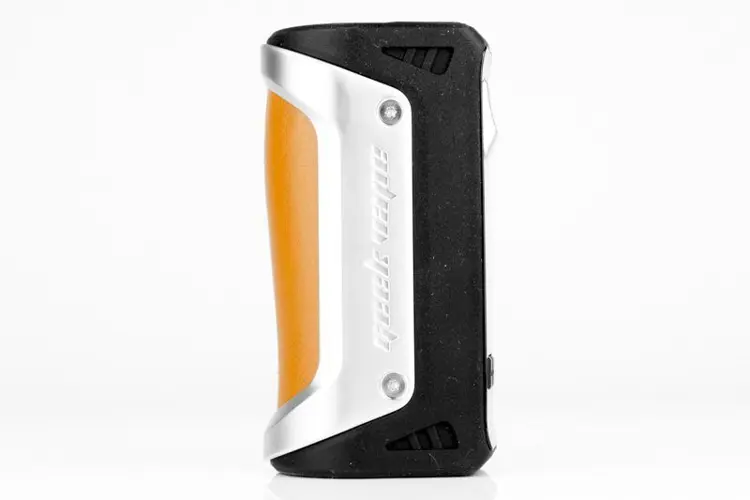
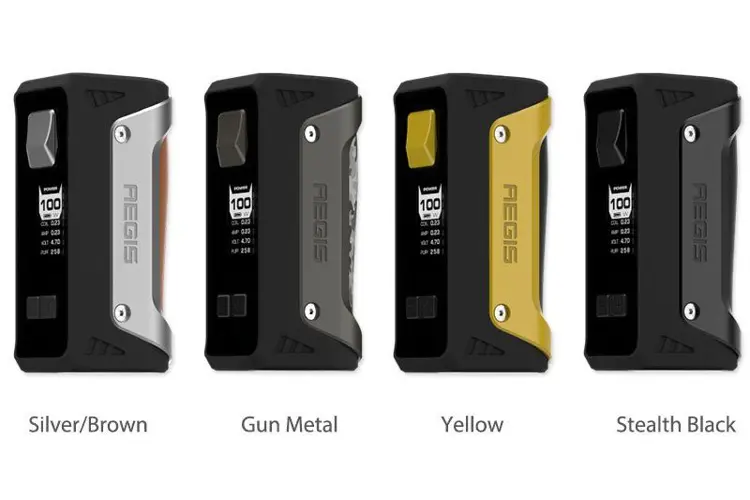
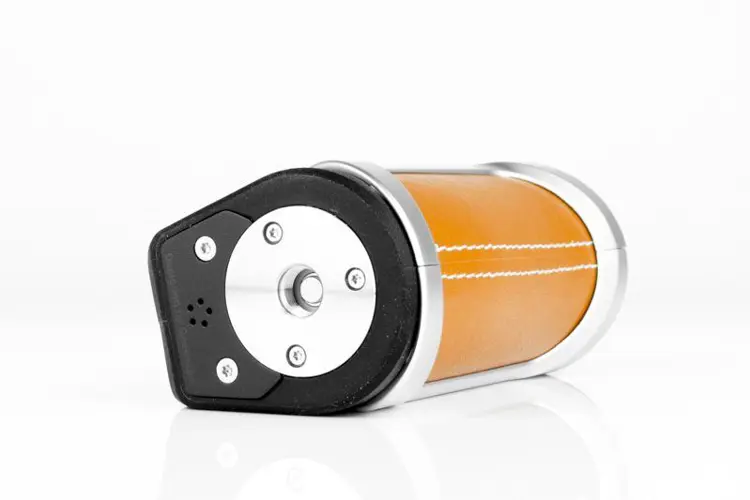
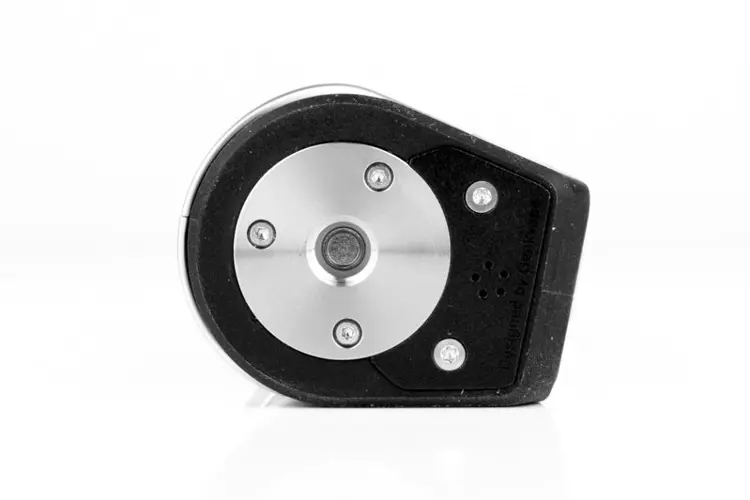
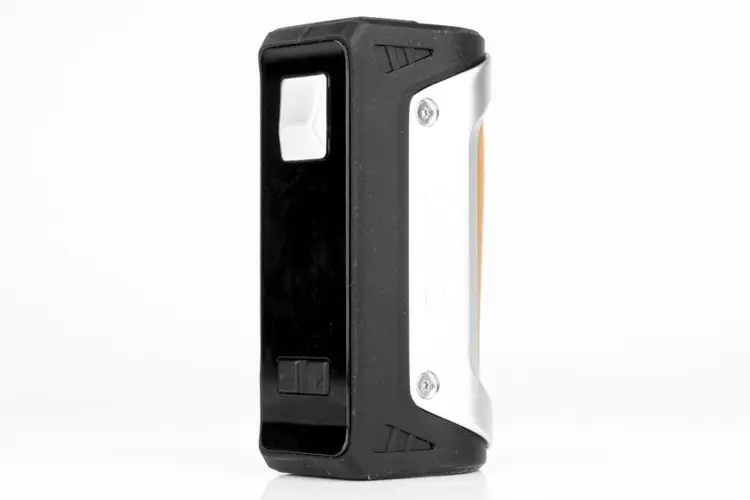
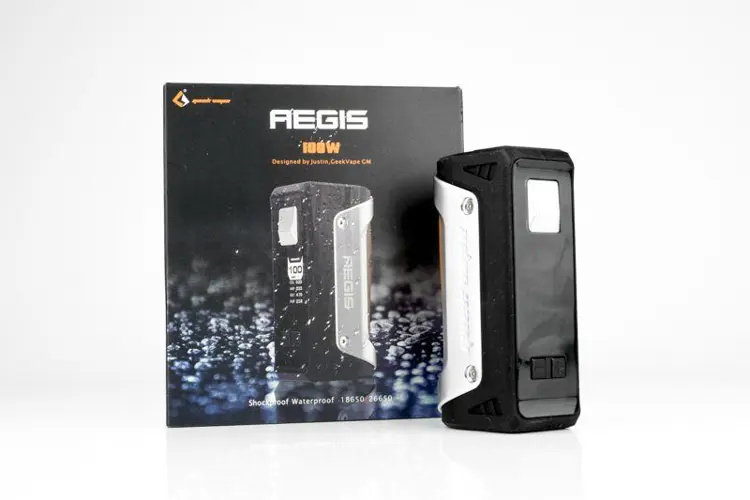






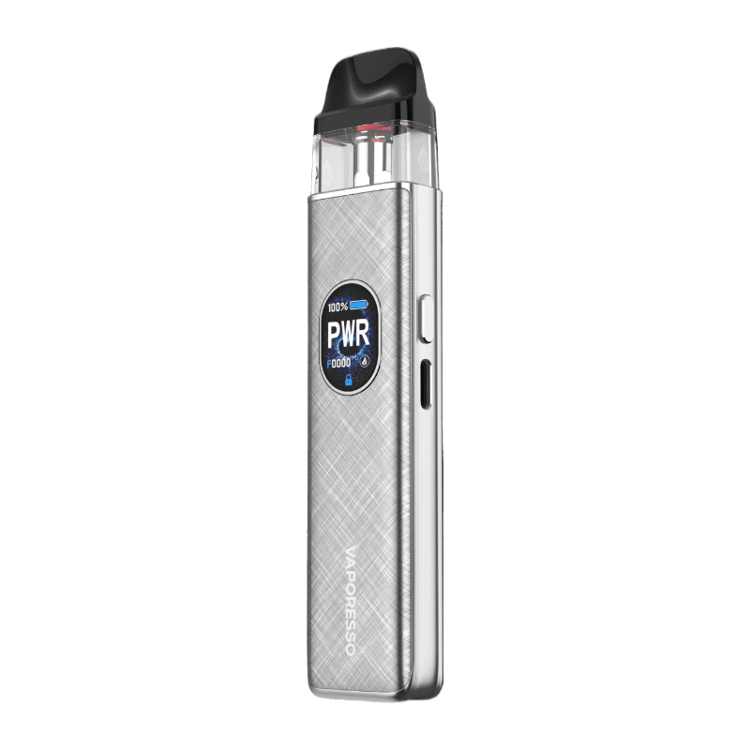
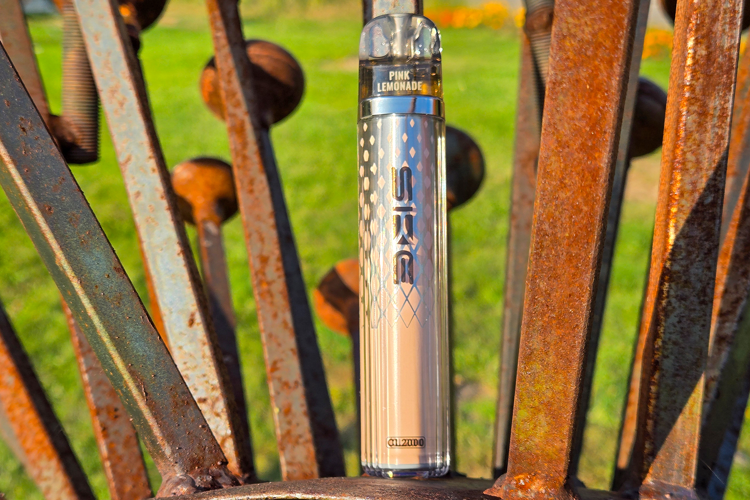

![Image for New Product Releases [August 2025]](https://media.vaping360.com/images/image-f8eb776d.webp?imageType=Standard)
